Home>Gardening & Outdoor>Landscaping Ideas>When To Fertilize New Grass Seed
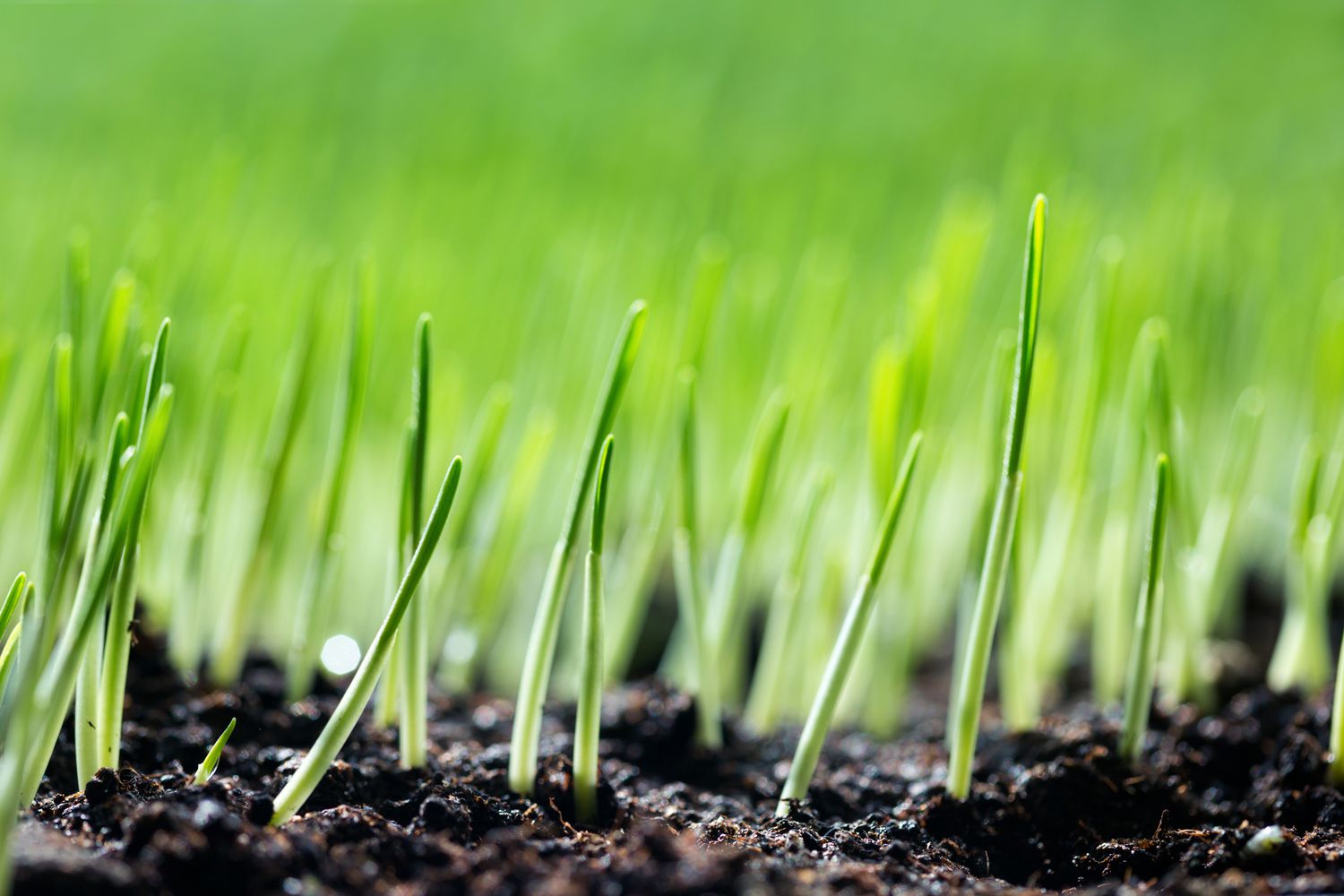

Landscaping Ideas
When To Fertilize New Grass Seed
Modified: March 24, 2024
Discover the best timing and techniques for fertilizing new grass seed to achieve a lush and healthy lawn. Expert landscaping ideas to ensure successful grass establishment.
(Many of the links in this article redirect to a specific reviewed product. Your purchase of these products through affiliate links helps to generate commission for Storables.com, at no extra cost. Learn more)
Introduction
So, you've taken the plunge and decided to sow new grass seed to create a lush, vibrant lawn. Congratulations! You're on your way to enjoying the many benefits of a beautiful outdoor space. However, nurturing new grass seed into a thriving lawn requires careful attention and proper maintenance. One crucial aspect of this process is fertilization.
Fertilizing new grass seed at the right time and in the right manner can significantly impact the success of your lawn establishment efforts. In this comprehensive guide, we'll delve into the intricacies of fertilizing new grass seed, helping you understand the best practices and optimal timing for this essential task.
Whether you're a seasoned lawn care enthusiast or a first-time homeowner looking to create a stunning outdoor oasis, this article will equip you with the knowledge and insights needed to foster healthy, resilient grass from the moment the seeds touch the soil. Let's embark on this green-fingered journey together, exploring the nuances of fertilizing new grass seed to set the stage for a thriving, verdant lawn.
Key Takeaways:
- Timing is crucial when fertilizing new grass seed, typically 6-8 weeks after germination. This provides essential nutrients for robust root development and foliage growth, setting the stage for a healthy lawn.
- Understanding the specific needs of your grass species and soil composition is key to successful fertilization. Tailoring your approach ensures optimal growth and resilience for your new grass seed.
Read more: When To Fertilize New Grass
Understanding New Grass Seed
Before delving into the intricacies of fertilizing new grass seed, it’s essential to grasp the nature of this foundational element in lawn establishment. New grass seed represents the potential for a vibrant, resilient lawn, embodying the promise of lush greenery and a welcoming outdoor space.
When you sow new grass seed, you’re essentially planting the building blocks of your future lawn. These tiny, unassuming seeds possess remarkable potential, harboring the genetic blueprint for the grass varieties you’ve carefully selected. As they germinate and send forth delicate shoots, they begin the remarkable journey of transforming bare soil into a thriving carpet of green.
Understanding the characteristics of new grass seed is crucial for successful lawn establishment. Different grass species and varieties have unique requirements and growth habits, influencing factors such as water needs, sunlight tolerance, and resilience to pests and diseases. By familiarizing yourself with the specific traits of the grass seed you’ve chosen, you can tailor your approach to fertilization and overall lawn care, setting the stage for optimal growth and vitality.
Moreover, new grass seed is inherently vulnerable during its early stages of growth. As it sprouts and develops its root system, it relies on external support to fortify its journey toward becoming a robust, resilient lawn. Fertilization plays a pivotal role in providing the essential nutrients and nourishment that new grass seed needs to flourish, fostering strong root development, vibrant foliage, and overall health.
By comprehending the significance of new grass seed and recognizing its inherent potential, you can approach the task of fertilization with a deep appreciation for the transformative journey that these tiny seeds are embarking upon. This understanding forms the bedrock of effective lawn care, guiding your decisions and practices as you nurture your new grass seed toward its full, verdant potential.
Factors Affecting Fertilization
When it comes to fertilizing new grass seed, several key factors come into play, shaping the approach and timing of this essential task. Understanding these factors is instrumental in providing the right nutrients at the right time, optimizing the conditions for robust, healthy lawn establishment.
- Grass Species and Varieties: Different grass species and varieties have varying nutrient requirements and growth patterns. Warm-season grasses, such as Bermuda grass and Zoysia grass, thrive in warmer climates, while cool-season grasses like Kentucky bluegrass and fescue excel in cooler regions. Tailoring your fertilization approach to suit the specific needs of your chosen grass species is crucial for fostering optimal growth and resilience.
- Soil Composition: The composition of your soil, including its pH level and nutrient content, profoundly influences the effectiveness of fertilization. Conducting a soil test can provide valuable insights into the soil’s characteristics, enabling you to adjust your fertilization strategy to address any deficiencies and create an optimal environment for new grass seed to thrive.
- Climate and Season: The local climate and prevailing season play a significant role in determining the timing and frequency of fertilization. Understanding the seasonal requirements of your grass species and considering factors such as temperature and precipitation patterns can guide you in scheduling fertilization to align with the grass’s natural growth cycles.
- Environmental Conditions: Factors such as sunlight exposure, drainage, and the presence of competing vegetation can impact the availability of nutrients to new grass seed. Assessing the environmental conditions in your lawn area allows you to make informed decisions regarding fertilization, ensuring that the emerging grass receives the nourishment it needs to thrive.
- Seedling Development Stage: The stage of development of the new grass seedlings is a crucial consideration when planning fertilization. Early-stage seedlings have specific nutrient requirements to support vigorous root establishment and initial foliage growth, while more mature grass plants may benefit from a different nutrient balance to sustain their ongoing development.
By taking these factors into account, you can tailor your fertilization approach to suit the unique needs of your lawn, providing targeted nourishment that fosters robust growth and resilience. This nuanced understanding empowers you to navigate the complexities of fertilization with precision, setting the stage for a flourishing, vibrant lawn that thrives in its specific environmental context.
Fertilize new grass seed 6-8 weeks after germination with a high-phosphorus fertilizer to promote root growth. Avoid fertilizing too early to prevent burning the delicate young grass.
Best Time to Fertilize New Grass Seed
Timing is of the essence when it comes to fertilizing new grass seed, as providing the right nutrients at the opportune moment can profoundly impact the establishment and long-term health of your lawn. Understanding the optimal timing for fertilization allows you to synchronize this essential task with the natural growth cycles of the grass, maximizing its potential for robust, vibrant growth.
For newly seeded lawns, the best time to fertilize is during the early stages of establishment, typically around 6 to 8 weeks after the seeds have germinated. This timing aligns with the critical phase when the young grass seedlings are actively developing their root systems and initiating the growth of their first blades of grass. By providing targeted nourishment during this pivotal stage, you can bolster the resilience and vitality of the emerging lawn, setting the foundation for lush, healthy growth.
It’s important to note that the specific timing for fertilization may vary based on factors such as the grass species, local climate, and soil conditions. Cool-season grasses, for instance, often benefit from an initial fertilization in early fall, allowing the young seedlings to establish themselves before the onset of winter dormancy. In contrast, warm-season grasses may thrive with an early summer fertilization, harnessing the seasonal warmth to fuel their rapid growth and development.
When determining the best time to fertilize new grass seed, consider the following factors:
- Germination and Seedling Growth: Aim to fertilize around 6 to 8 weeks after germination, providing essential nutrients as the young seedlings establish their root systems and begin active growth.
- Seasonal Considerations: Tailor your fertilization schedule to align with the natural growth patterns of your grass species, taking into account the optimal seasons for robust root development and foliage growth.
- Soil and Climate Factors: Assess the local soil composition and climate conditions to fine-tune the timing of fertilization, ensuring that the emerging grass receives the necessary nutrients in sync with its environmental context.
By strategically timing your fertilization efforts to coincide with the critical stages of new grass seedling development, you can harness the transformative power of targeted nourishment, nurturing your lawn toward a thriving, resilient state. This thoughtful approach sets the stage for a lush, verdant landscape that flourishes under your attentive care.
How to Fertilize New Grass Seed
Fertilizing new grass seed demands a thoughtful, strategic approach to ensure that the emerging lawn receives the essential nutrients it needs for robust growth and vitality. By following best practices and employing effective techniques, you can optimize the fertilization process, nurturing your young grass seedlings toward a lush, resilient state.
Here’s a step-by-step guide on how to fertilize new grass seed:
- Assess Soil Conditions: Before applying fertilizer, assess the soil composition and pH levels to identify any deficiencies or imbalances that may impact the availability of nutrients to the grass seedlings. Conducting a soil test can provide valuable insights, guiding your fertilization strategy.
- Select the Right Fertilizer: Choose a high-quality, balanced fertilizer specifically formulated for new grass seedlings. Look for a product with a nutrient ratio tailored to support early root development and foliage growth, such as a starter fertilizer designed for newly seeded lawns.
- Apply Fertilizer Evenly: Use a broadcast spreader to apply the fertilizer evenly across the lawn area, ensuring comprehensive coverage and uniform distribution of nutrients. Avoid over-application, as excessive fertilizer can lead to nutrient imbalances and potential damage to the emerging grass.
- Water Thoroughly: After applying the fertilizer, water the lawn area thoroughly to allow the nutrients to penetrate the soil and reach the root zone of the grass seedlings. Adequate moisture is essential for activating the fertilizer and facilitating nutrient absorption by the young plants.
- Observe Caution with Herbicides: Exercise caution when using herbicides in conjunction with fertilization, especially on newly seeded lawns. Some herbicides may hinder the germination and growth of grass seedlings, potentially undermining the establishment of the new lawn.
- Monitor and Adjust: Monitor the progress of the newly fertilized grass seedlings, observing their growth and response to the fertilizer. Adjust your ongoing fertilization regimen based on the evolving needs of the emerging lawn, considering factors such as seasonal changes and nutrient requirements.
By following these guidelines and approaching the fertilization process with care and precision, you can provide the optimal nourishment that new grass seedlings require to thrive. This proactive, attentive approach sets the stage for robust root development, vibrant foliage, and the enduring health of your burgeoning lawn.
Read more: How To Fertilize New Grass Seed
Conclusion
Cultivating a lush, vibrant lawn from new grass seed is a rewarding endeavor that hinges on the careful, strategic application of fertilization. By understanding the nuances of new grass seed, recognizing the factors that influence fertilization, and mastering the art of timing and technique, you can set the stage for a flourishing, resilient lawn that captivates with its verdant beauty.
As you embark on this green-fingered journey, remember that the process of fertilizing new grass seed is not merely a task but a nurturing ritual, a deliberate act of fostering life and vitality in the soil. Each application of fertilizer represents a gesture of support and encouragement to the emerging grass, providing the essential nutrients that fuel its growth and fortify its resilience.
By aligning your fertilization efforts with the natural rhythms of the grass’s development, you harmonize with the intricate dance of growth and renewal unfolding in your lawn. This symbiotic partnership with nature infuses your lawn care regimen with a deeper sense of purpose and connection, transforming the act of fertilization into a meaningful expression of stewardship and care for the living landscape taking root in your outdoor space.
So, as you nourish your new grass seed with the gift of fertilizer, envision the vibrant tapestry of greenery that will soon grace your surroundings. Envision the laughter of loved ones echoing across the expanse of emerald blades, the gentle touch of bare feet on the soft, resilient carpet of grass, and the tranquil moments of serenity and connection that your lush lawn will inspire.
In this spirit of vision and stewardship, may your fertilization efforts yield a bountiful, enduring harvest of beauty and vitality, transforming your outdoor space into a sanctuary of natural splendor. Embrace the journey of nurturing new grass seed, and revel in the transformative power of your attentive care as you cultivate a landscape that blossoms with life, vibrancy, and the timeless allure of a thriving, verdant lawn.
Frequently Asked Questions about When To Fertilize New Grass Seed
Was this page helpful?
At Storables.com, we guarantee accurate and reliable information. Our content, validated by Expert Board Contributors, is crafted following stringent Editorial Policies. We're committed to providing you with well-researched, expert-backed insights for all your informational needs.
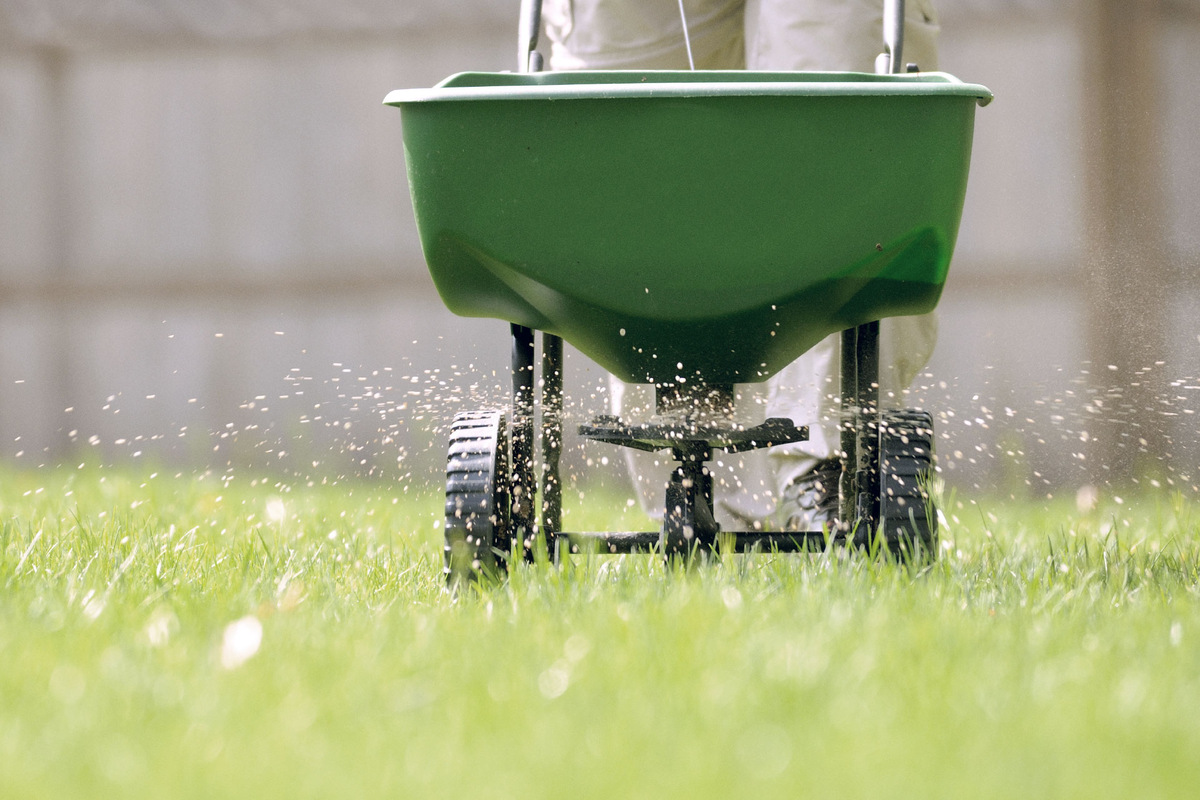

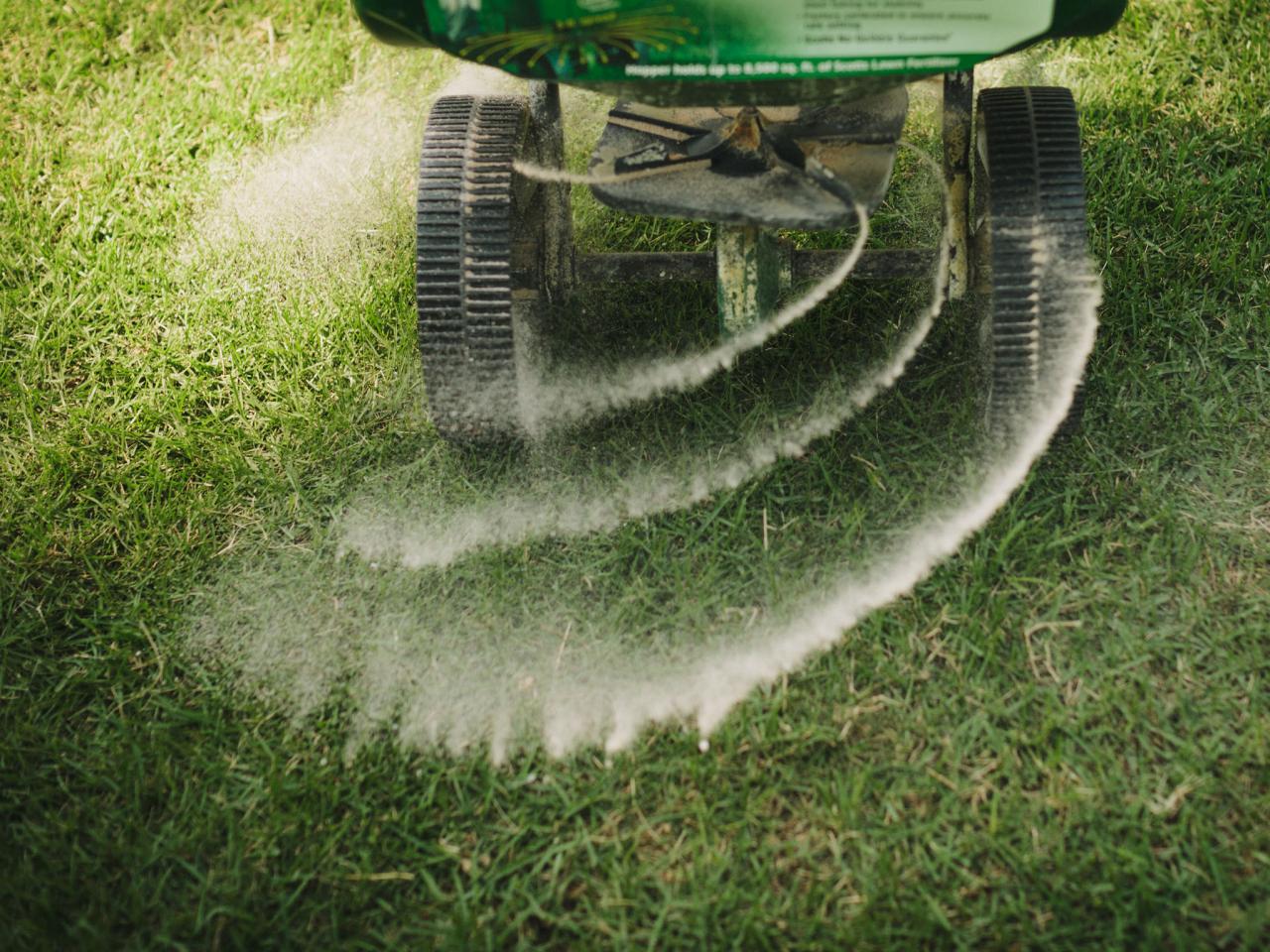
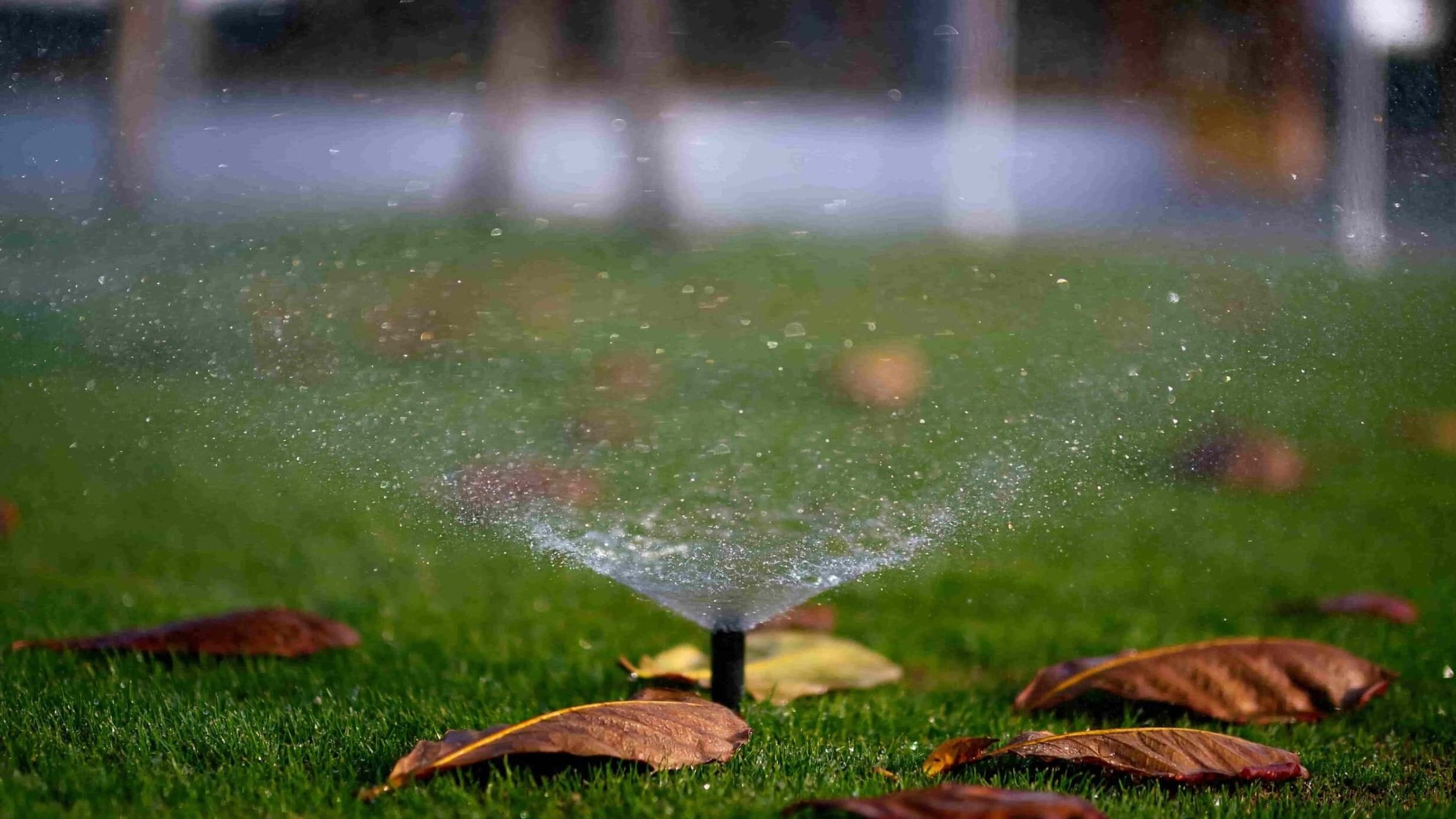
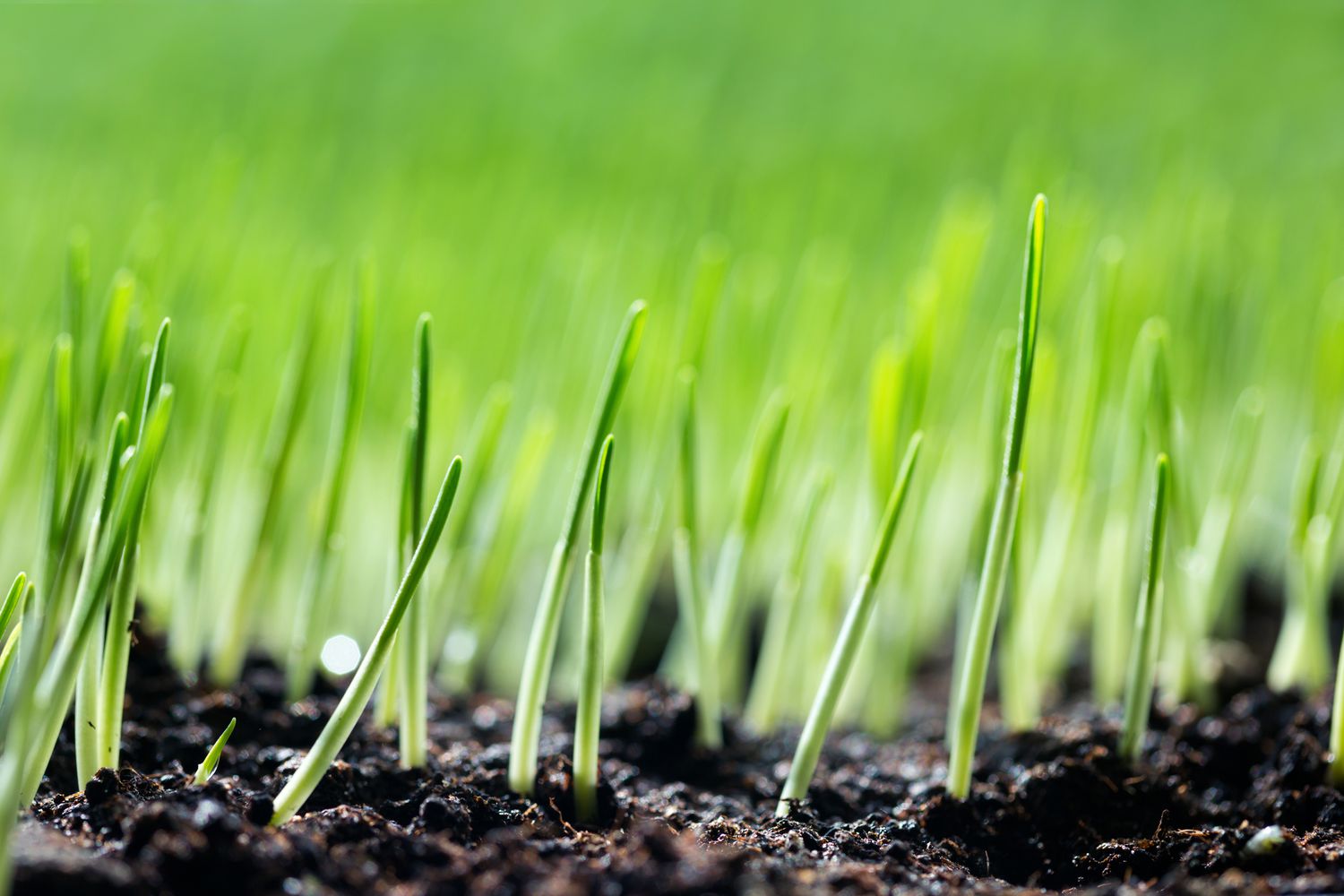
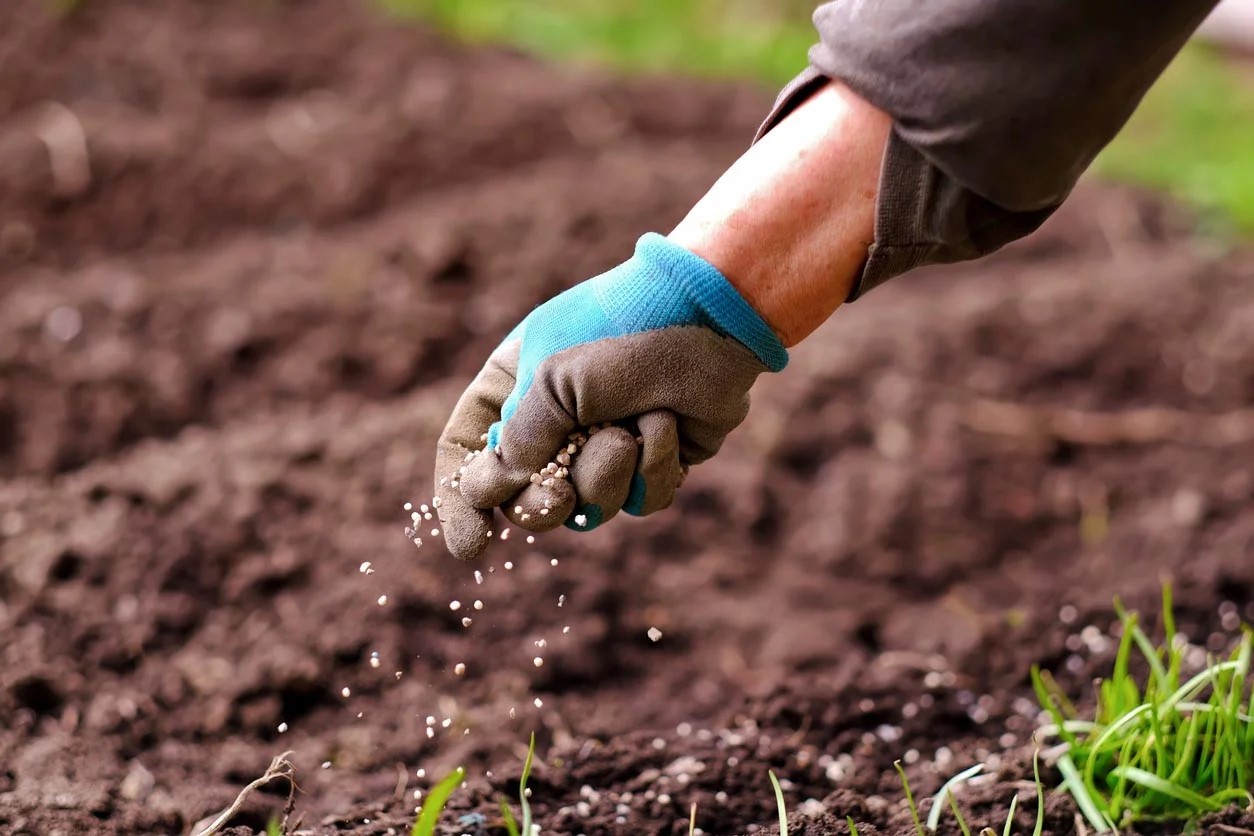
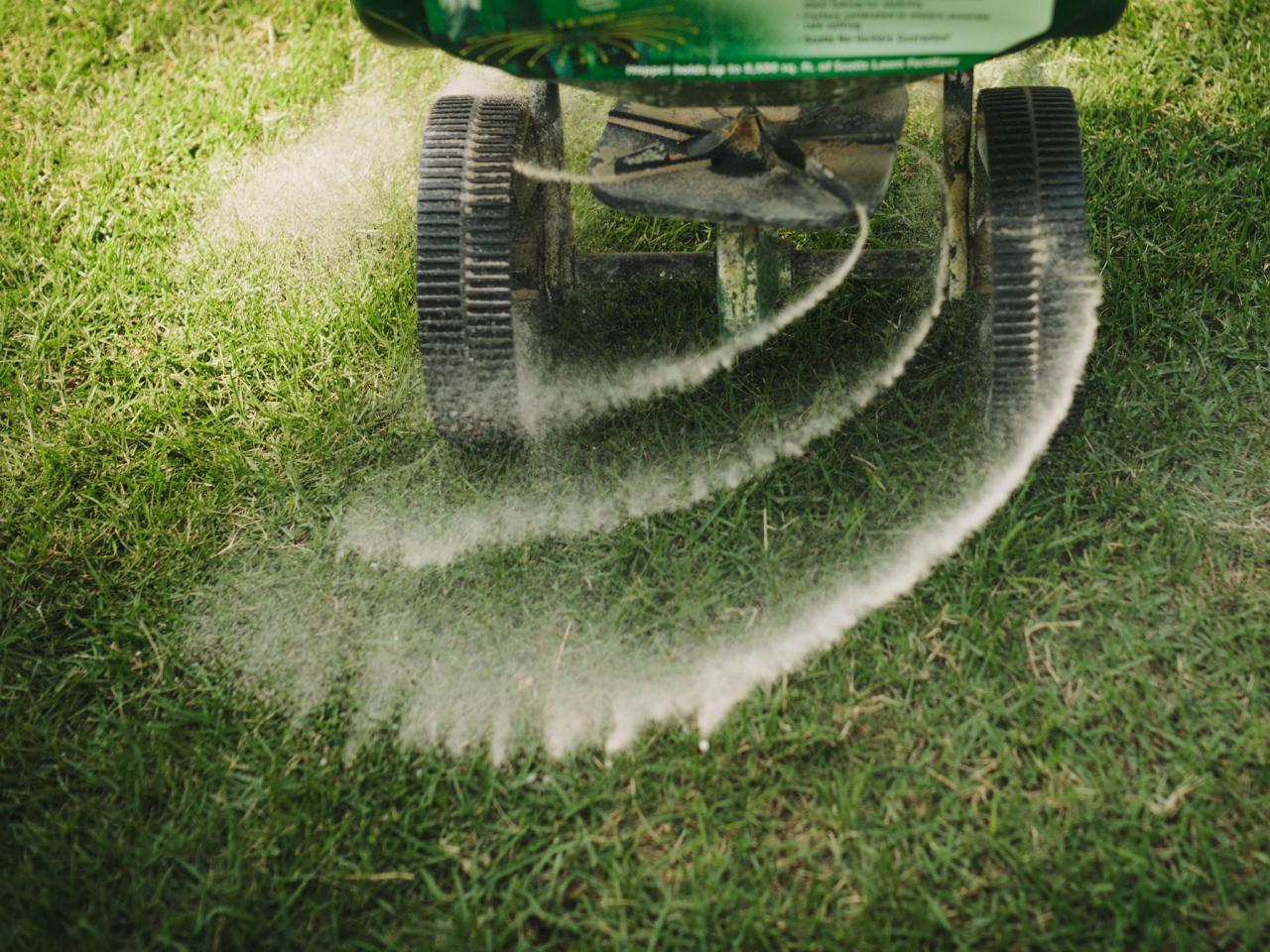

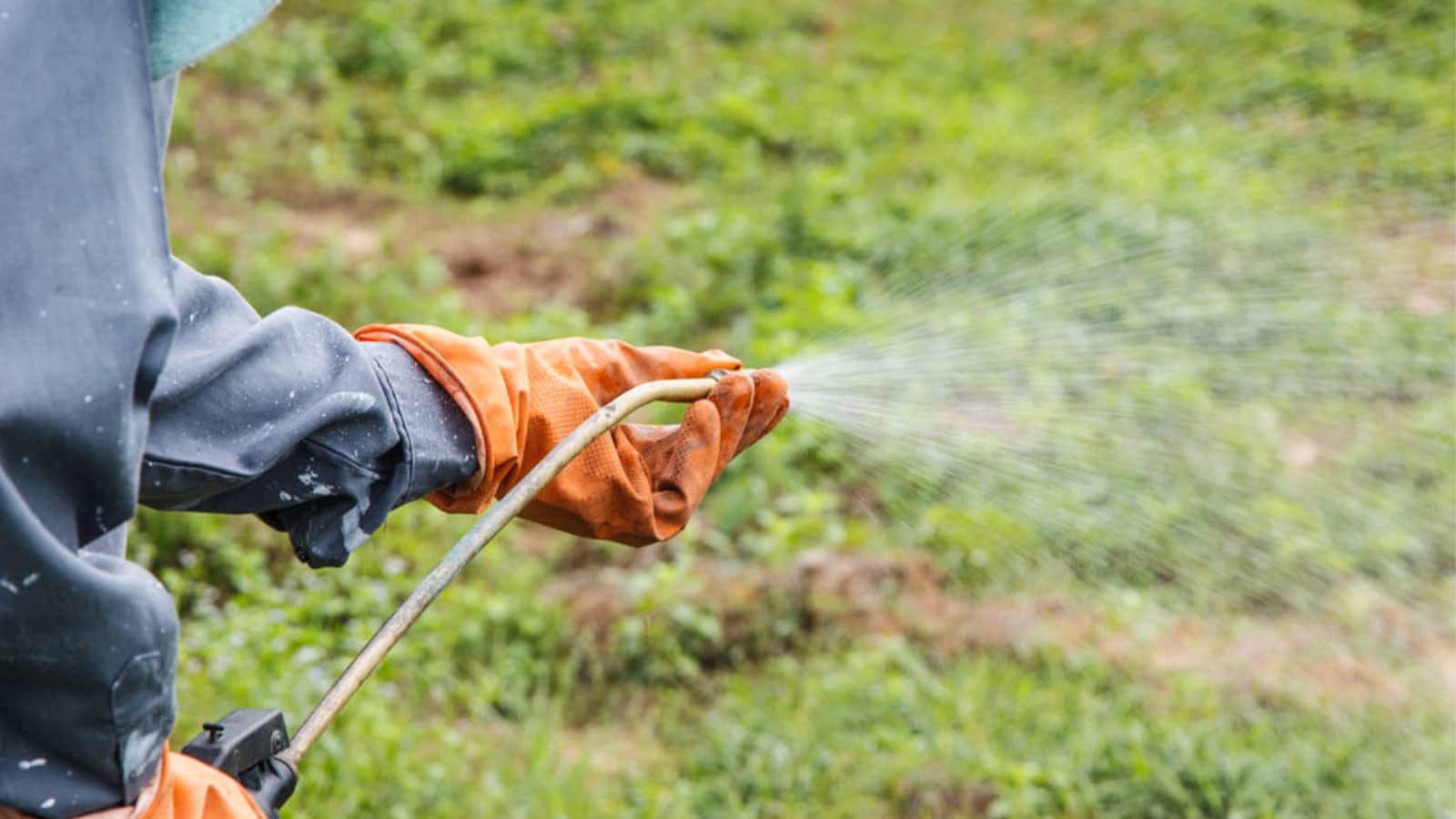
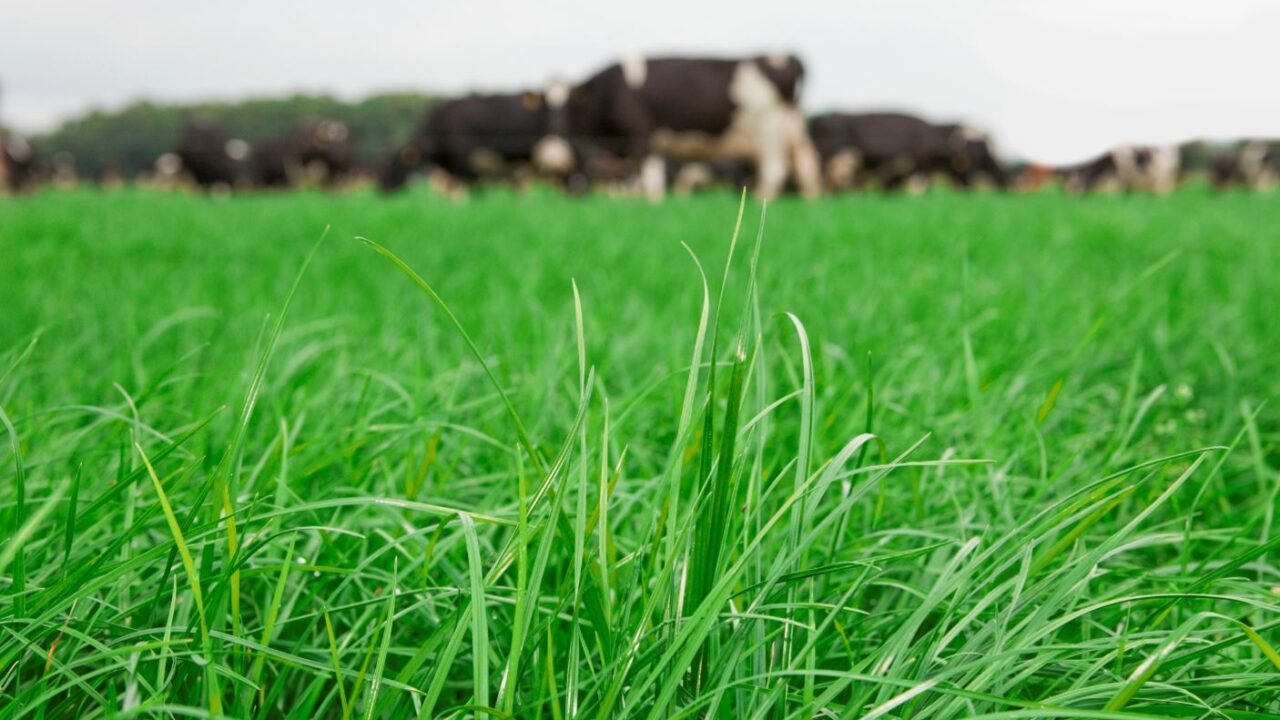
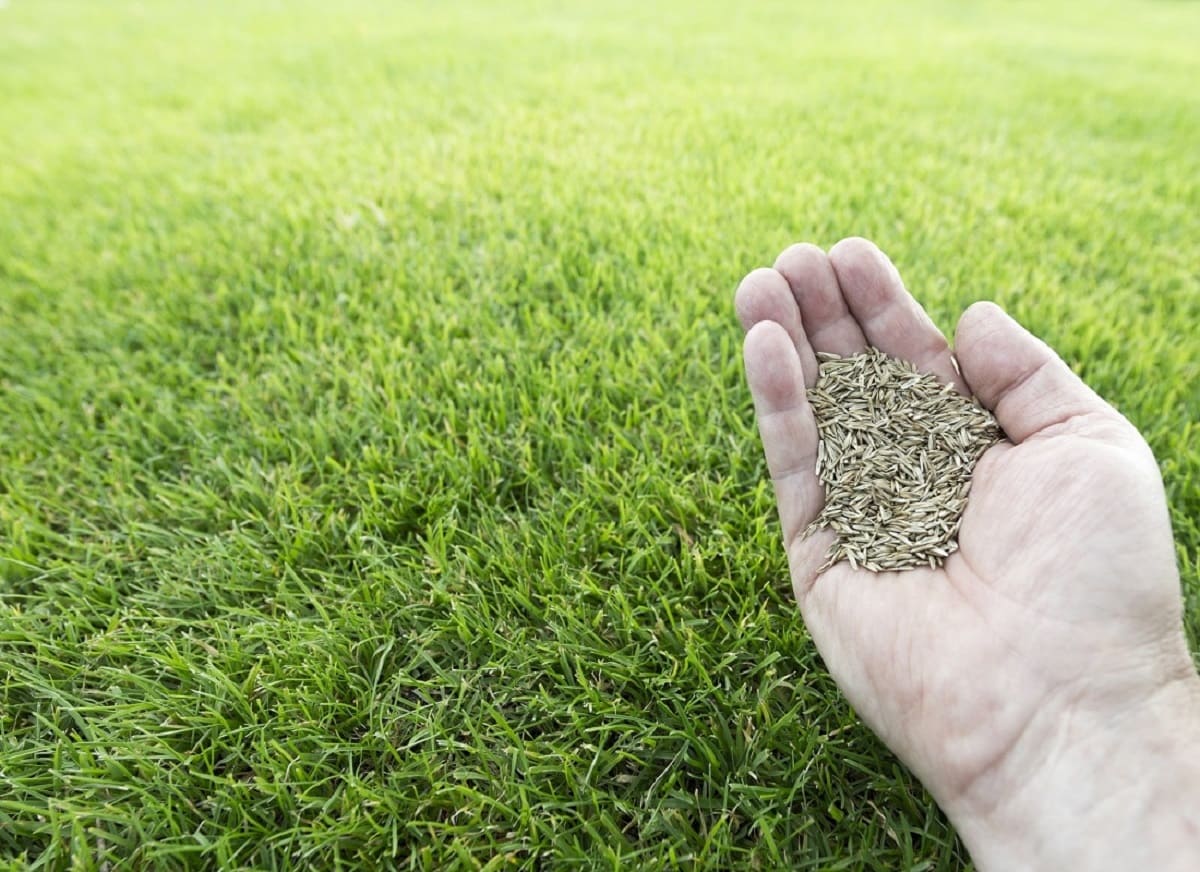

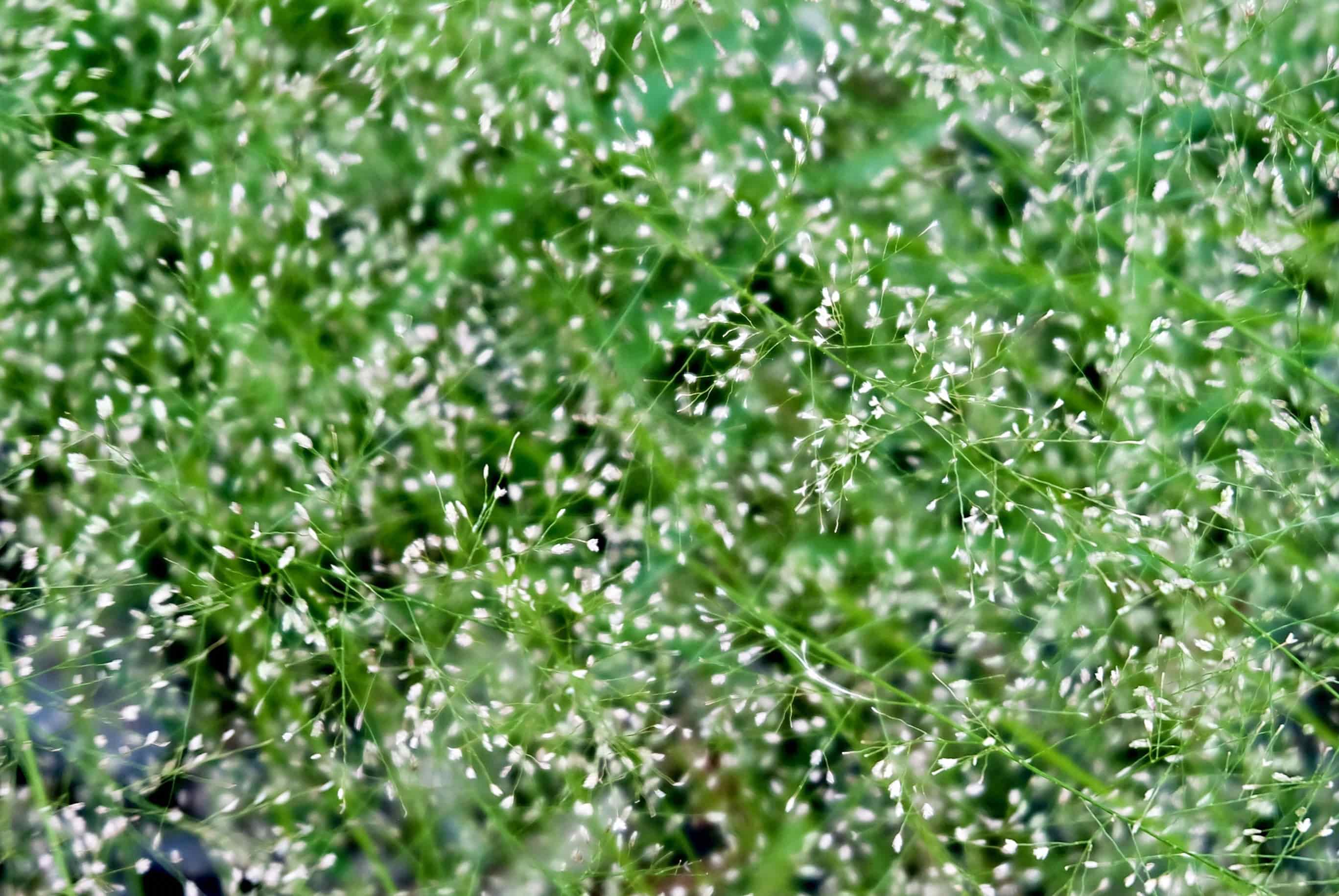
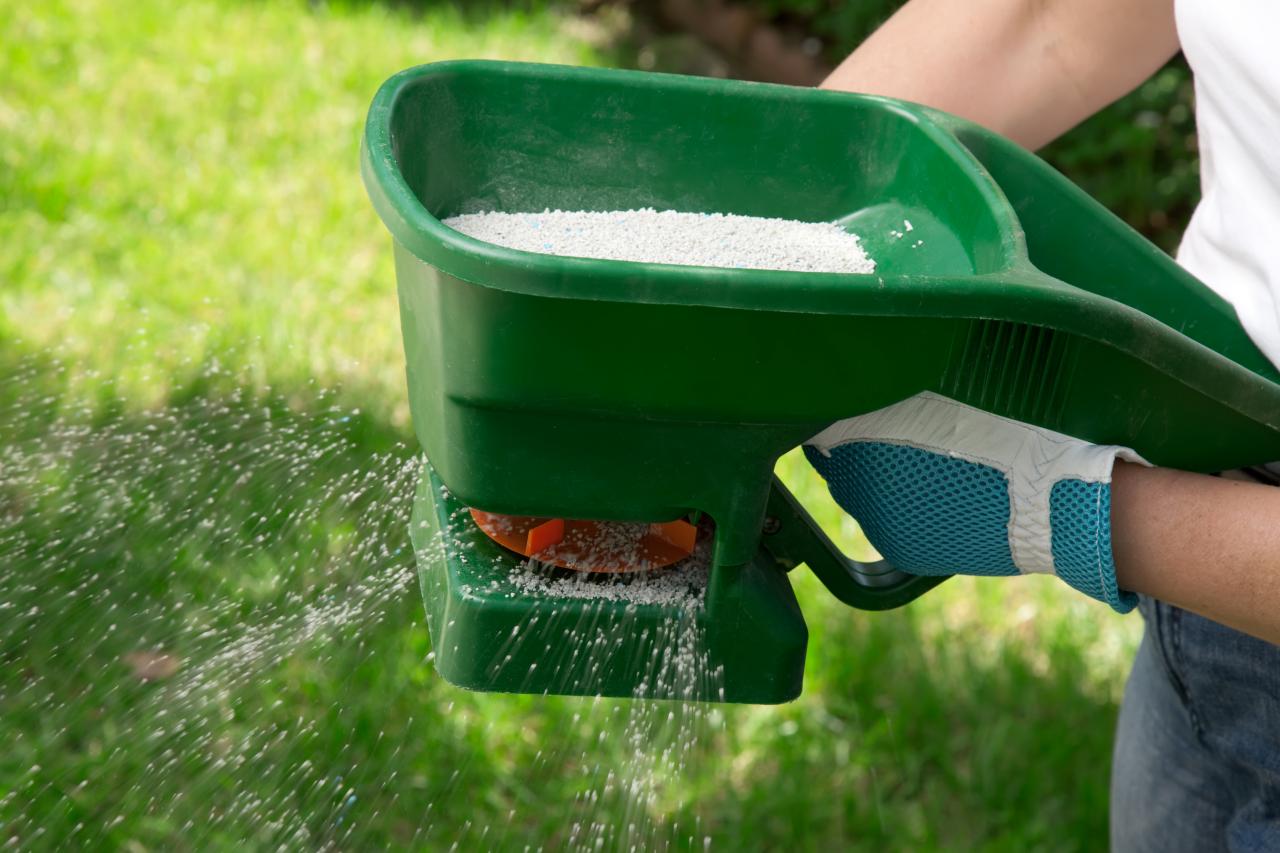

0 thoughts on “When To Fertilize New Grass Seed”